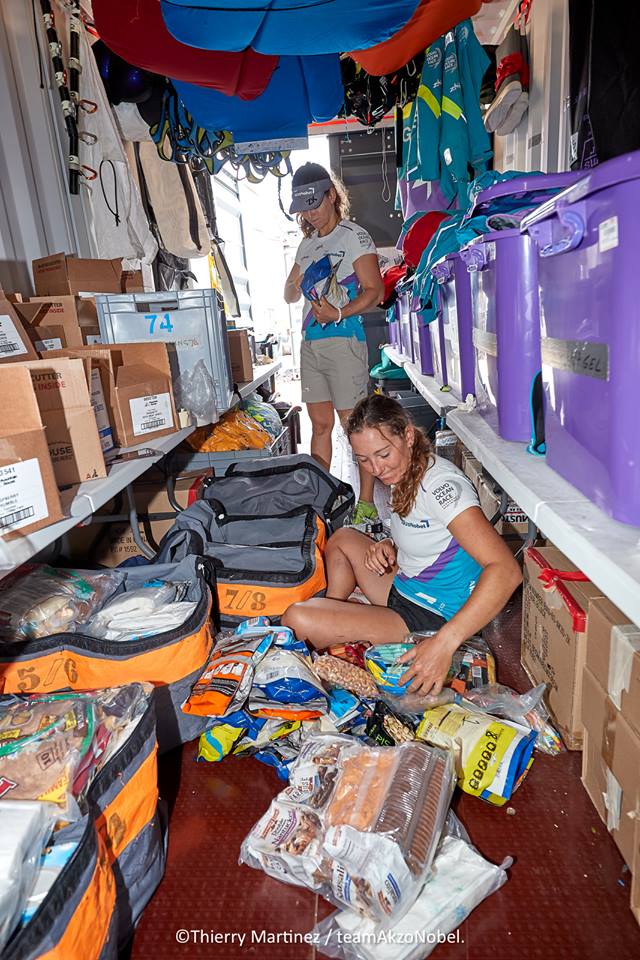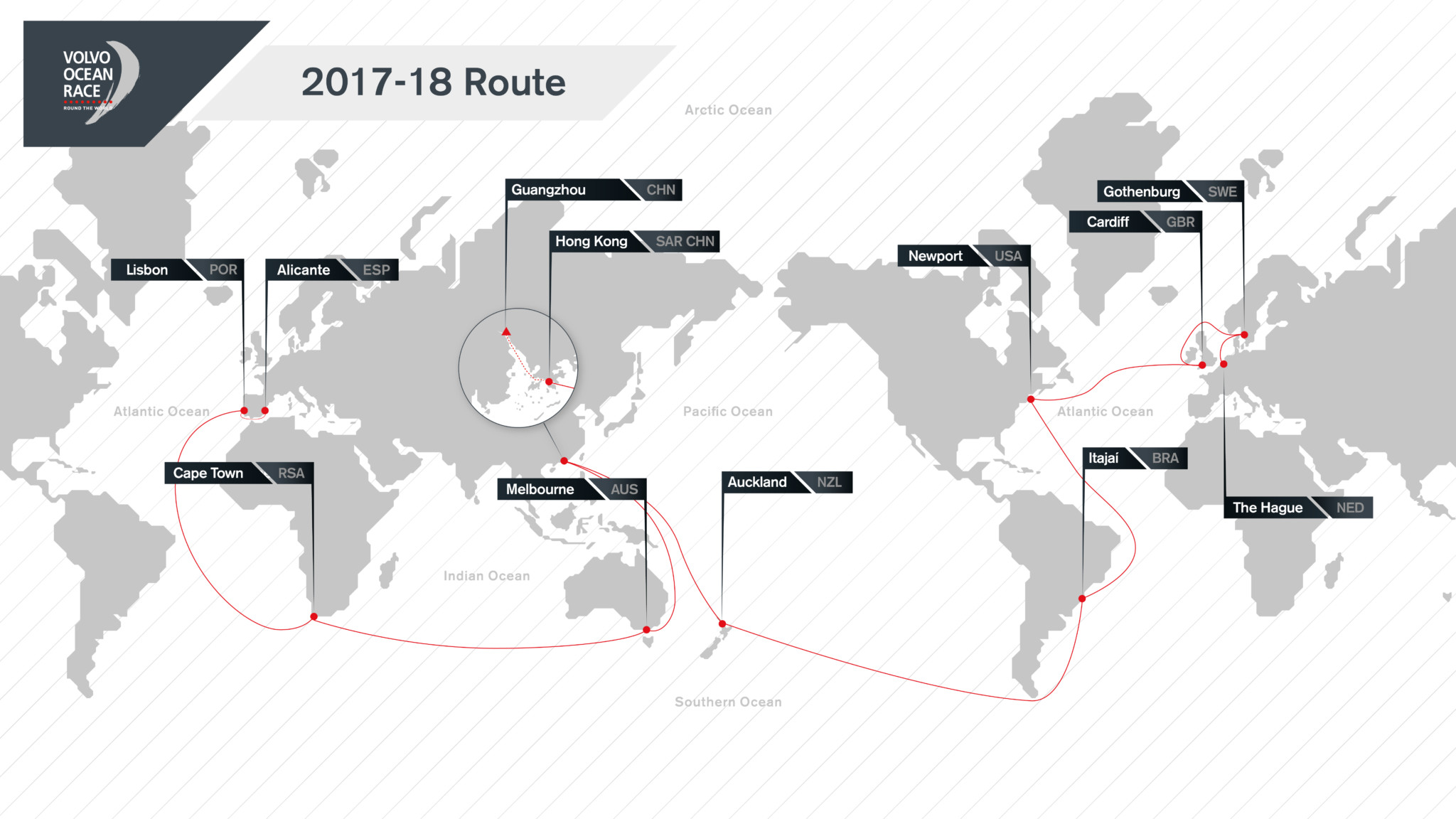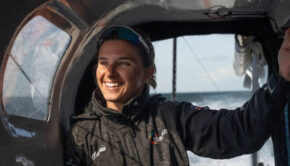The Race to Equality Continues
Published on June 24th, 2018
With the finish of the 2017-18 Volvo Ocean Race, this edition marks the first time since the round-the-world sailing event began in 1973 that women were part of the winning crew.
Progress? Yes, but how much?
A rule change for this edition all but assured teams would include women in the crew. The rule limited teams to seven if all male, one fewer than in 2014-15, but a mixed crew could include up to an additional two female sailors for nine. By the last leg, all the teams used the rule to have extra crew.
The rule change opened the door for women to acquire the experience they had thus struggled to gain, but with many of the women having limited offshore miles, how were they being included in the teams?
Prior to the transatlantic Leg 9, AkzoNobel’s Facebook page shared photos off their two female crew – Martine Grael and Emily Nagel – provisioning the boat with food for the crossing.
Not great optics for progress, and the comments came quick:
“I would love to see some Volvo Ocean Race images with guys doing the provisioning…I am sure they do. However, it would be nice to see some images of them, doing it.to ensure the stereotyping is debunked.” – Kathleen Swalling
“Encourage women into sailing by showing two Olympic/ America’s Cup sailors doing the groceries, whilst a live or die part of the boat surely rigging or splicing would encourage more female sailors?” – Ian Dooley
In a report for the New York Times, Christopher Clarey chronicles how 23 women sailed in the current edition of the round-the-world Volvo Ocean Race, but they remain concerned that there will be no room for them in future races. Here’s an excerpt:
————–
Though many of the women take satisfaction in having participated in significant numbers, they also express frustration and concern. It is one thing to be invited to the party, quite another to sit at the head table.
“I think this edition of the race has been a major breakthrough,” said Dee Caffari, the British skipper of Turn the Tide on Plastic, “and the fact that every boat is now mixed speaks volumes, and we would never have got that without the rule change.
“But for me the genuine test of whether this has worked is if in the next edition there are girls actually on crews and if girls are naturally selected, and I am skeptical that would happen if we don’t still have a rule.”
Some women have complained privately to one another that the opportunities to hone their skills have been scarce.
“Externally, mixed crews looks great, and that’s why it always makes me laugh, because obviously you come ashore and I hear them complaining and moaning,” Caffari said of some female competitors. “There’s got to be some crews here that go: ‘Well, we’re just ticking the box. If we had the choice, probably we would not want to tick that box.’”
————–
To read Clarey’s complete report… click here.
2017-18 Edition: Entered Teams – Skippers
• Team AkzoNobel (NED), Simeon Tienpont (NED)
• Dongfeng Race Team (CHN), Charles Caudrelier (FRA)
• MAPFRE (ESP), Xabi Fernández (ESP)
• Vestas 11th Hour Racing (DEN/USA), Charlie Enright (USA)
• Team Sun Hung Kai/Scallywag (HKG), David Witt (AUS)
• Turn the Tide on Plastic (POR), Dee Caffari (GBR)
• Team Brunel (NED), Bouwe Bekking (NED)
Background: Racing the one design Volvo Ocean 65, the 2017-18 Volvo Ocean Race begins in Alicante, Spain on October 22 2017 with the final finish in The Hague, Netherlands on June 30 2018. In total, the 11-leg race will visit 12 cities in six continents: Alicante, Lisbon, Cape Town, Melbourne, Hong Kong, Guangzhou, Auckland, Itajaí, Newport, Cardiff, Gothenburg, and The Hague. A maximum of eight teams will compete.
Source: Volvo Ocean Race















 We’ll keep your information safe.
We’ll keep your information safe.